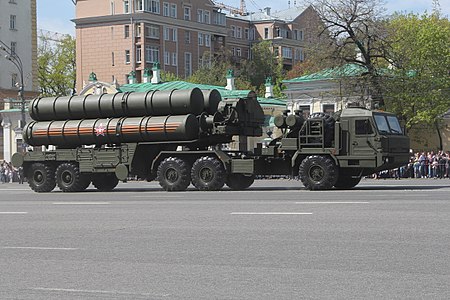India plans to operationally deploy its own indigenously being developed long-range air defence system by 2028-2029 .
The system will be capable of detecting and destroying incoming stealth fighters, aircraft, drones, cruise missiles and precision-guided munitions at ranges up to 350-km.
Being developed by DRDO under the ambitious ‘Project Kusha’, the interception capabilities of the indigenous long-range surface-to-air missile (LR-SAM) system, will be at par with the formidable Russian S-400 Triumf air defence system recently inducted by the IAF.
After the Cabinet Committee on Security (CCS) in May 2022 cleared development of the LR-SAM system as a “mission-mode” project, the Indian Defence Ministry last month accorded the acceptance of necessity (AoN) for procurement of five of its squadrons for the IAF at a cost of Rs 21,700 crore.
Meant to provide comprehensive air defence cover to strategic and tactical vulnerable areas, the LR-SAM will be effective even against high-speed targets with low-radar cross-section.
Also, it will be geared to take out fighter-sized targets at a 250-km range, with larger aircraft like AWACS (airborne warning and control systems) and mid-air refuelers being intercepted at 350-km.
Firing units of the LR-SAM will be able to “interact” with the IAF’s integrated air command and control system (IACCS), which is a fully-automated air defence network with data links being progressively built to integrate the wide array of military radars with each other as well as with civilian radars to plug surveillance gaps in Indian airspace.





